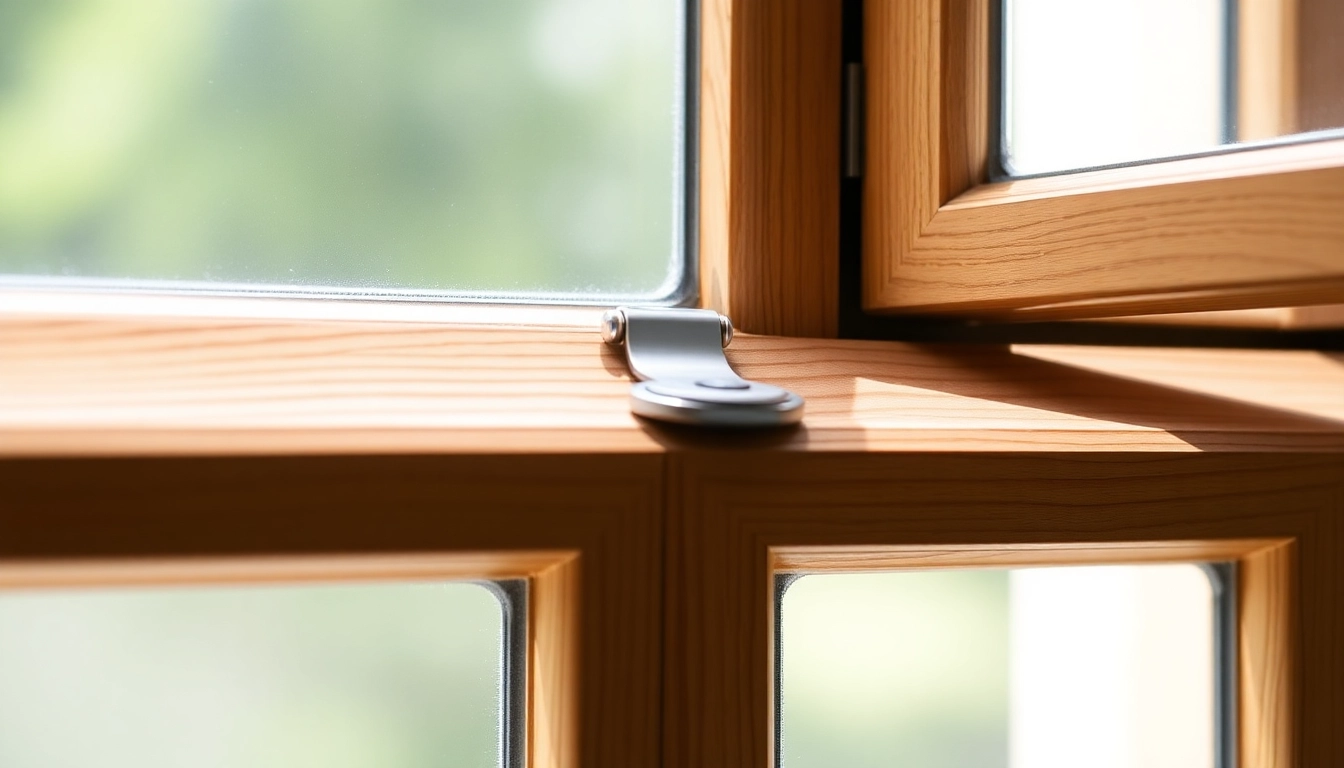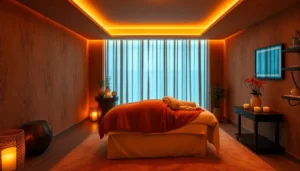Understanding the Security Features of Sash Windows
Sash windows have long been appreciated for their classic aesthetic, charm, and elegance, especially in historic and period buildings. However, beyond their visual appeal, modern homeowners increasingly prioritize security when choosing window features. Historically, sash windows offered limited security due to their design, but today’s technological advancements and innovative hardware have significantly improved their safety profile. To fully appreciate how sash windows can protect your home, it is essential to understand both their traditional security measures and the modern enhancements that eliminate vulnerabilities.
Traditional sash windows primarily relied on their inherent structural design—vertical sliding with multiple locking points—making unauthorized entry more challenging than with simple casement windows. Nonetheless, they lacked adequate locking mechanisms and could be exploited through simple means such as lifting or forcing the sash open. Today, however, the integration of security hardware such as sash locks, restrictors, and reinforced glass has transformed these windows into formidable barriers to intruders. These improvements, when correctly implemented, can either match or surpass the security offered by more contemporary window types.
This article will delve into the key security features of sash windows, compare traditional and modern security measures, and highlight how homeowners can upgrade their windows for maximum safety. For immediate solutions, explore our Secure sash windows options to enhance your property’s security today.
Traditional vs. Modern Security Measures
Traditional Security Measures
Traditional sash windows relied primarily on their construction—robust timber frames, sash stops, and overlapping sashes—to deter burglars. Locking was often achieved via simple sash locks or bolt systems, which could be vulnerable to tampering if not properly maintained. Historically, the security was partly symbolic, rooted in their sturdy build rather than advanced hardware. Furthermore, unsecured or broken sash cords could sometimes be exploited to gain entry or disable the window’s locking mechanism.
Nevertheless, traditional sash windows had inherent security features, such as sash stops—preventing sashes from opening beyond a certain point—and internal window latches that, when correctly used, offered a degree of safety. Yet, these features alone are insufficient against determined intruders, especially if hardware becomes worn or damaged over time.
Modern Security Measures
Contemporary advancements have significantly elevated sash window security through specialized hardware, technological integration, and design innovation. These include pressure-resistant locks, restrictors, reinforced glazing, and sensor-based alarms. For example, the Sash Secure 240 exemplifies a hybrid product combining the aesthetic of traditional timber with high-security features, providing peace of mind without sacrificing style.
Modern locks such as the Fitch sash window lock are engineered for maximum resistance to attack. Security restrictors limit the sash’s opening range, preventing forced entry while allowing sufficient ventilation and ease of use. Additionally, the use of laminated, reinforced, or security-glazed windows further impedes break-ins. Some homeowners opt for electronic sensors or alarm-integrated systems that automatically alert occupants or security services upon tampering.
Effectively, today’s security measures provide a comprehensive approach, combining hardware, design, and technology to safeguard your home. Upgrading sash windows with these modern solutions is essential for ensuring safety in urban and rural settings alike.
Top Security Upgrades and Accessories for Sash Windows
Sash Window Restrictors and How They Work
Sash window restrictors are designed to limit how far a sash can open, effectively preventing intruders from gaining access even if the window lock is bypassed. They come in various styles, including keyed restrictors, non-keyed friction restrictors, and manual stop devices. These restrictors are especially vital in ground-floor applications or in buildings within high-crime areas.
Installing a restrictor involves attaching a metal arm or bar that connects the sash to the window frame or frame components. When correctly fitted, restrictors allow the window to open just enough for ventilation but not enough for entry. They can also be locked or unlocked quickly to enable safe emergency exits or ventilation, balancing security with functionality.
High-Security Locks and Fasteners
The choice of locks is critical for sash window security. Traditional sash locks, when combined with secondary fasteners, provide basic protection. Today, more advanced options include reinforced sash window locks, such as those manufactured by Banham, that are designed to resist forced entry. These locks often feature hardened steel components and anti-jamming features that sharply increase resistance to brute force attacks.
The most secure fastener on the market, as identified by security experts, is the Fitch sash window lock, praised for its half-circle catch design that is difficult for intruders to open from the exterior. Installing multiple locks or a combination of a sash lock and a sash restrictor offers layered security, creating a significant obstacle for burglars.
Additional Enhancements: Laminated Glass & Sensors
Beyond hardware, reinforcement techniques like laminated or security-glazed glass can further deter break-ins. Laminated glass resists shattering and prevents entry even if broken, offering both security and safety benefits. Additionally, integrating sensors or alarms that trigger when a window is tampered with enhances security. These systems can be linked to home automation devices or monitored directly by security firms.
Combining hardware upgrades and technological solutions provides a robust security environment for sash windows, adapting to evolving threats and providing peace of mind for homeowners.
How to Choose the Best Secure Sash Windows for Your Property
Assessing Security Needs Based on Location
Security requirements vary significantly depending on geographic location, property type, and exposure. Homes in urban areas or near busy streets may require more extensive security measures, while rural or low-traffic areas might focus on deterrence and basic locking.
Conducting a risk assessment—considering factors such as local crime statistics, the window’s accessibility, and period property regulations—is vital. Consult security professionals or local authorities to determine the most appropriate features for your home.
Materials and Design for Maximum Protection
Material selection influences both durability and security. Modern sash windows often combine traditional timber frames with reinforced hardware. Composite materials or aluminum frames can offer enhanced strength against forced entry.
Design considerations include the window’s locking interface, sash sizes, and glazing options. Opt for designs that accommodate high-security hardware without compromising aesthetic appeal. For heritage properties, retrofit solutions that blend seamlessly with original features are recommended.
Installation Tips for Optimal Security Performance
Proper installation is crucial for security hardware to perform as intended. Ensure that restrictors, locks, and reinforcements are fitted by experienced professionals who understand security standards and local building codes.
Regular inspections post-installation are recommended to verify hardware integrity and functionality. When installing security upgrades, always follow manufacturer instructions and consider professional certification for compliance and performance benchmarks.
Maintaining and Improving Sash Window Security Over Time
Routine Checks and Lock Maintenance
Preventative maintenance is key to ensuring continuous security. Regularly inspect locks, restrictors, and hinges for wear, rust, or damage. Lubricate moving parts and replace worn components promptly to avoid vulnerabilities.
Cleaning hardware prevents grime buildup that can hinder operation. Keep seals and locking mechanisms aligned and functioning smoothly to prevent forced entry points emerging over time.
Upgrading Hardware as Technology Advances
As security technology evolves, so should your hardware. Periodically review available upgrades, such as high-security locks or electronic sensors, to maintain optimal protection. Retrofit older hardware with modern equivalents designed for enhanced resistance.
Stay informed about new security features, certifications, and industry standards to ensure compliance and maximum safety.
Professional Assistance for Custom Security Solutions
For bespoke requirements, consult security experts specializing in sash window security. Custom solutions, including reinforced frames or integrated alarm systems, can be designed to suit specific building specifications and threat levels.
Engaging professionals guarantees that enhancements are correctly fitted, meet legal standards, and deliver the intended security benefits.
Legal and Safety Standards for Sash Window Security
Building Regulations and Compliance
Building regulations in the UK dictate certain safety standards for window security, especially in new or renovated properties. Regulations emphasize the importance of secure locking mechanisms, fire safety considerations, and accessibility requirements.
Ensuring compliance involves selecting certified hardware, installing appropriate restrictors, and adhering to manufacturer specifications. Non-compliance could result in legal issues and compromised safety.
Certifications and Approved Security Devices
Security devices such as sash locks and restrictors should carry recognized certifications—such as Secured by Design (SBD)—to guarantee effectiveness. Always specify certified hardware when purchasing upgrades, and verify installation by qualified professionals.
Ensuring Safe Ventilation with Security in Place
A common concern with security upgrades is maintaining adequate ventilation without compromising safety. Modern restrictors and locks are designed to allow safe opening widths for ventilation, with some equipped with quick-release mechanisms for emergency escape. Balance security and ventilation by selecting hardware that meets both safety and building code standards.








